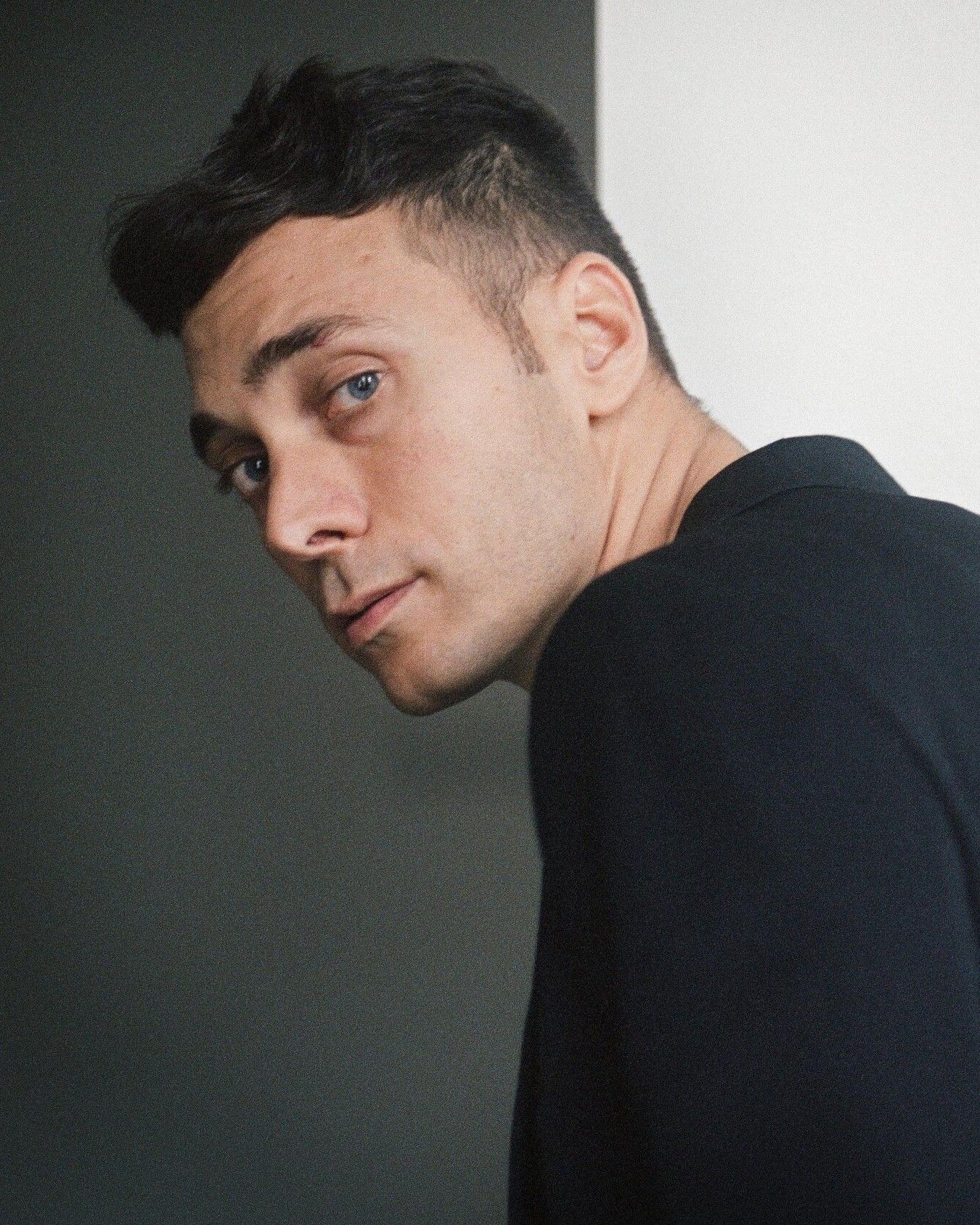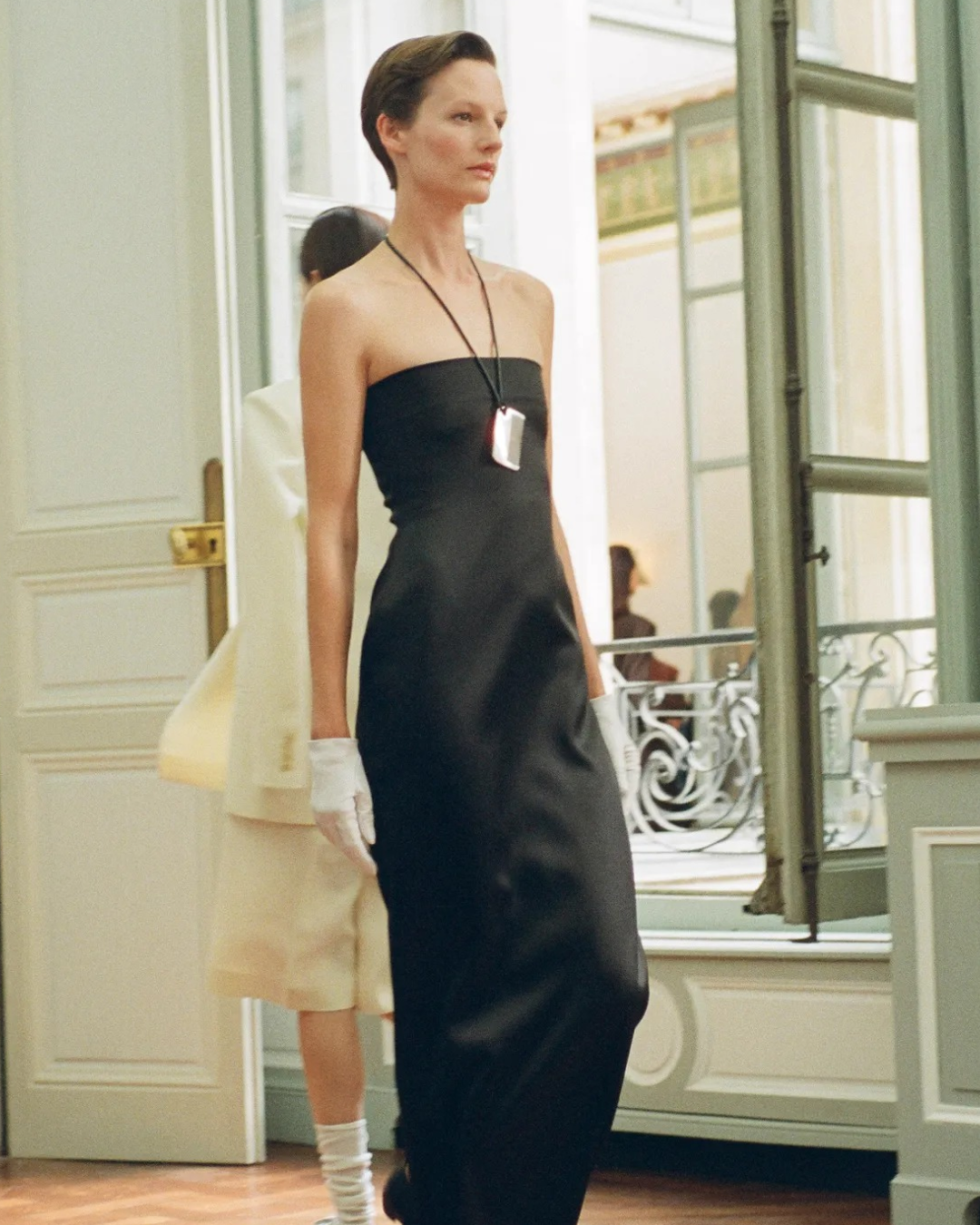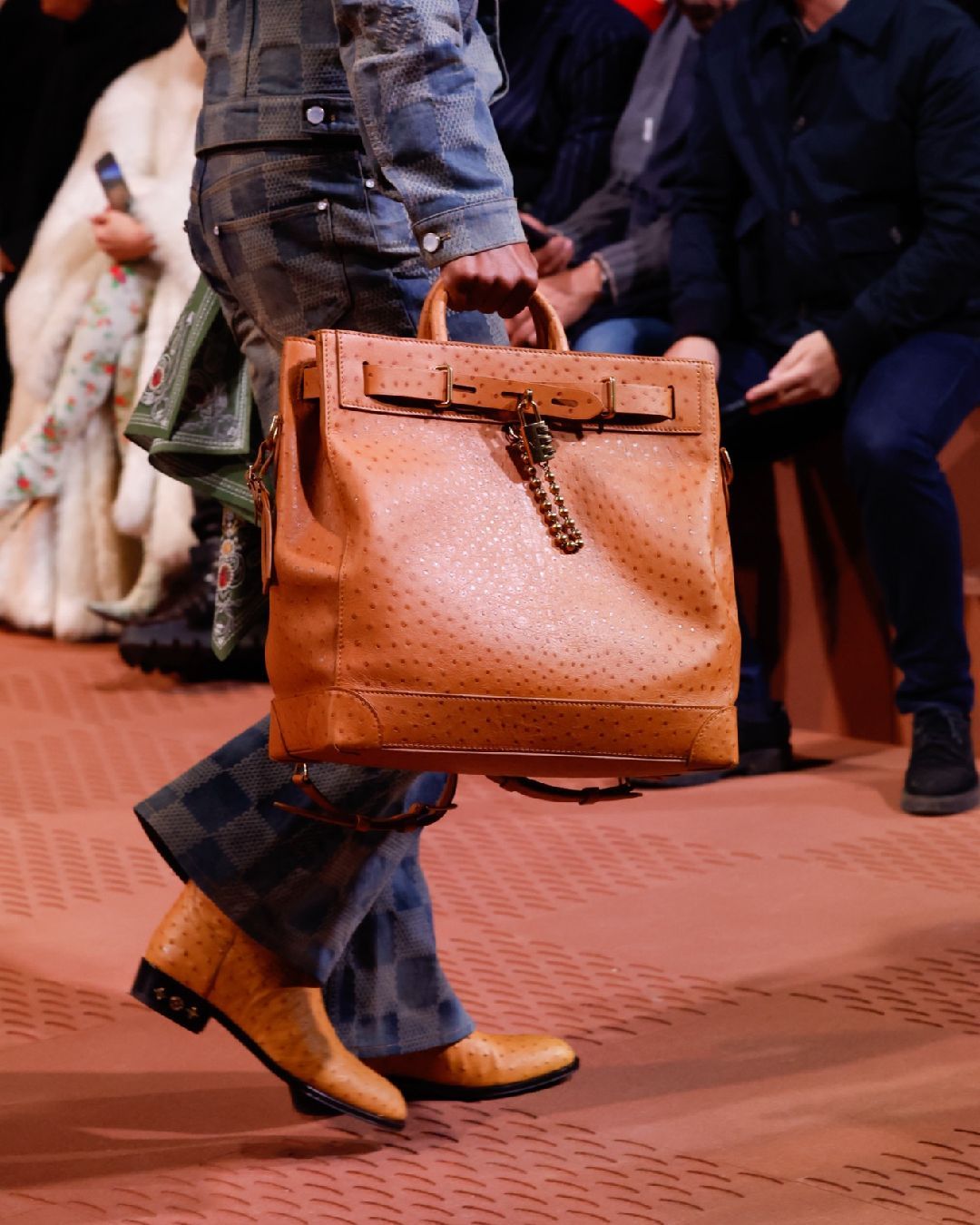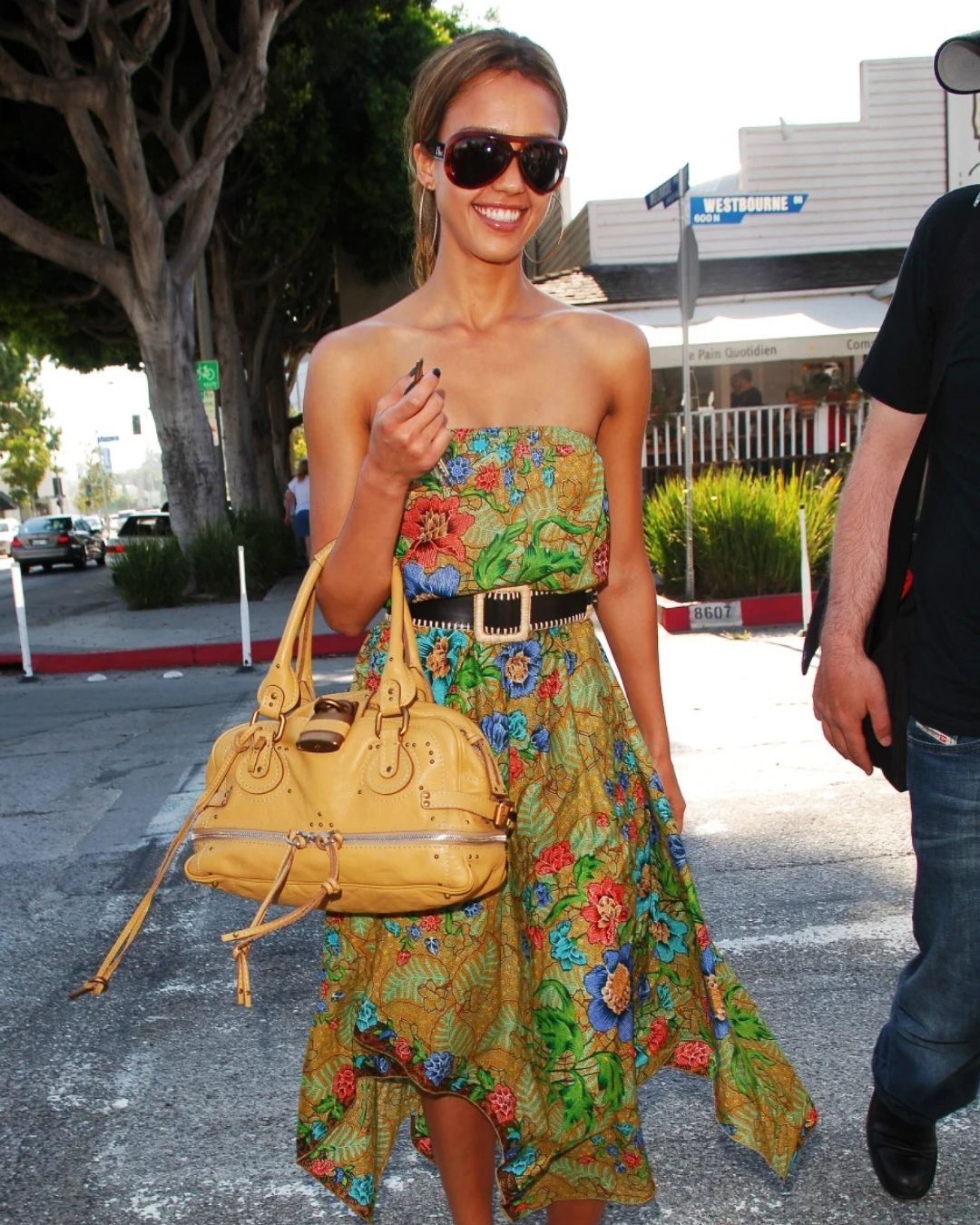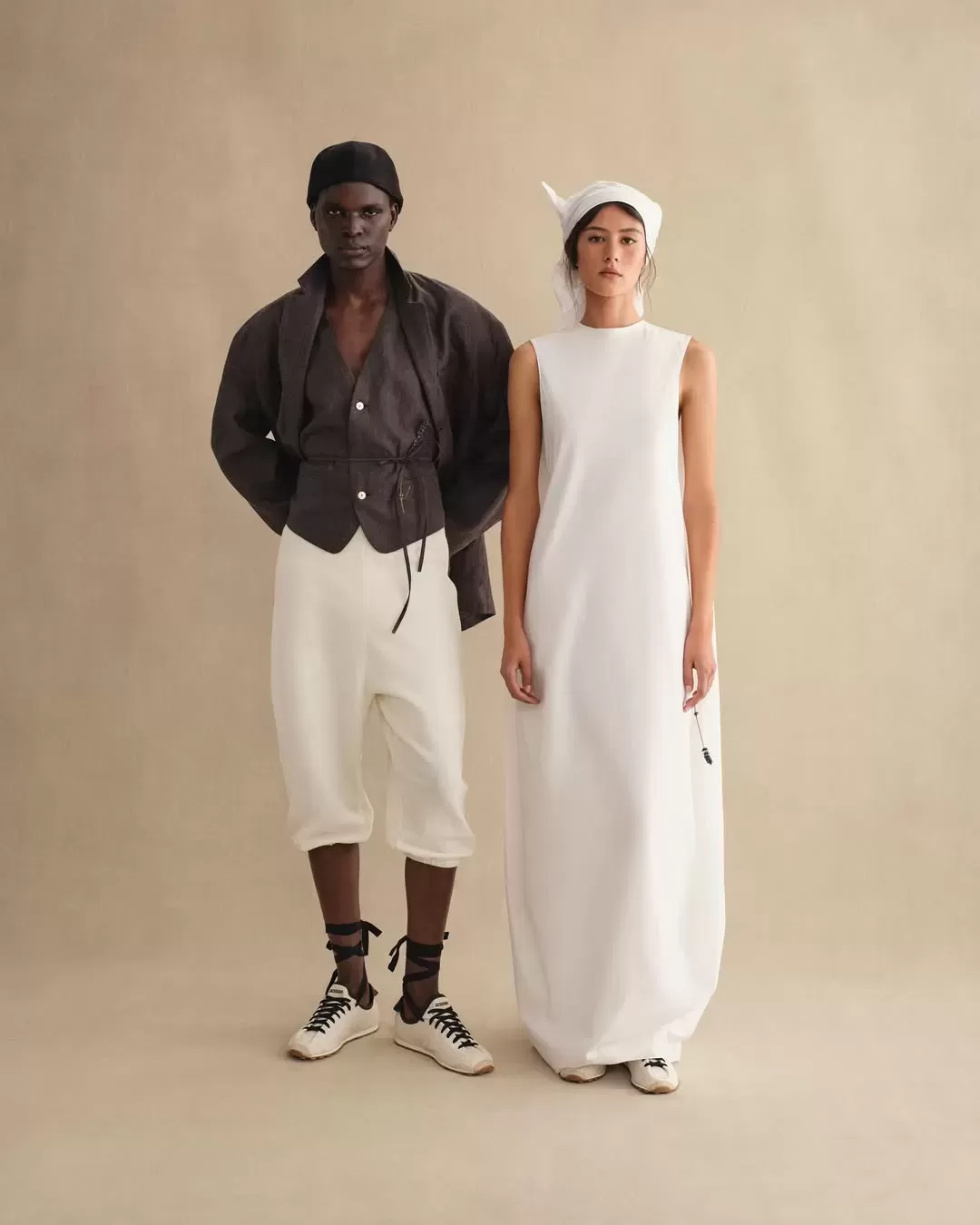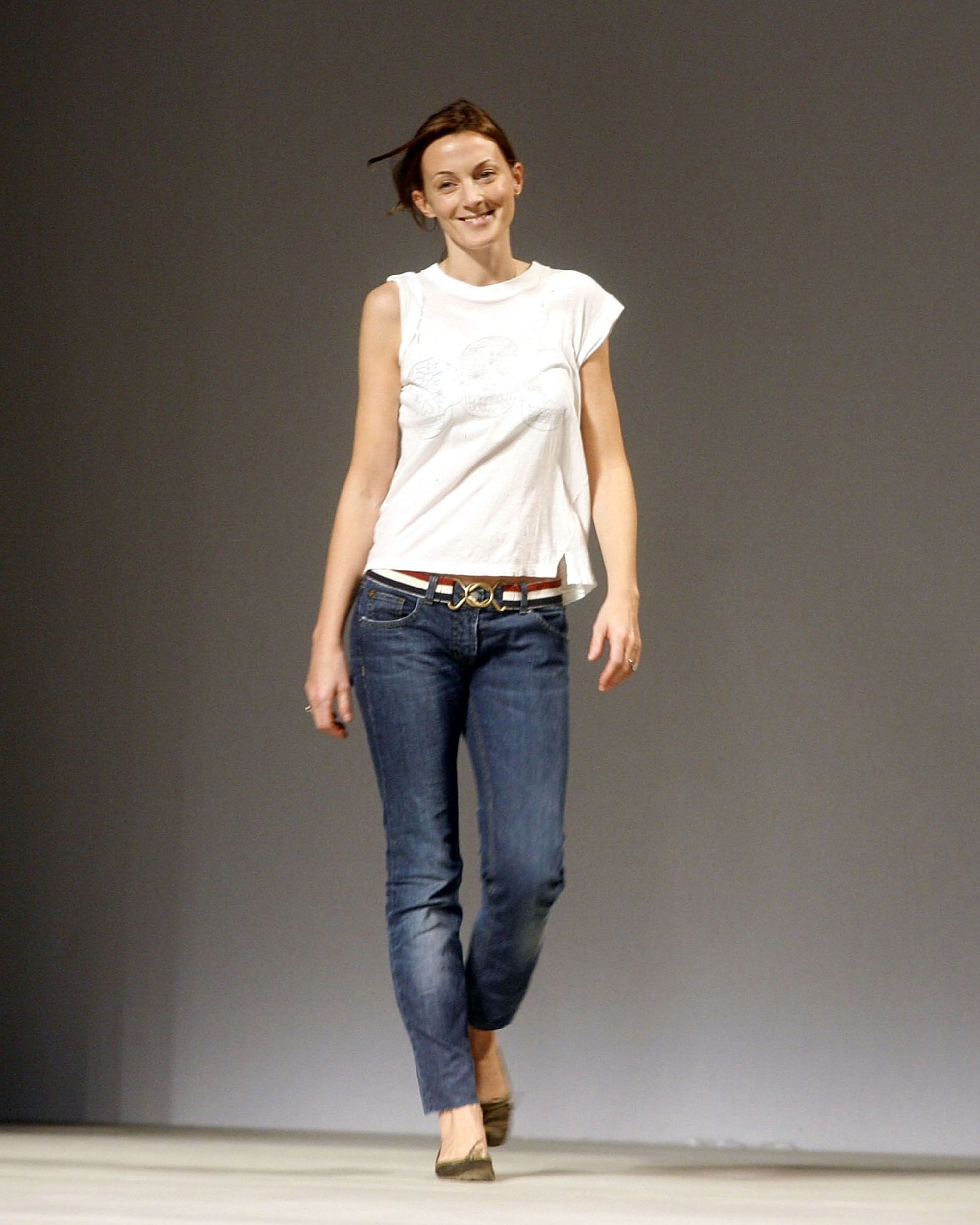
Who still needs actual fashion shows? Phoebe Philo, Hedi Slimane, the Olsens - when luxury doesn't bother
When the lockdown forced fashion to resort to the digital format to present its collections, nothing seemed as beautiful as a live fashion show. Today, however, the situation is reversed: losing its grip on reality with performative shows whose looks are often not even produced, fashion shows today are as exciting as they are unnecessary. At least for those designers whose style is so well-known to the public that they are able to represent an entire aesthetic with their name alone. Responding to the question about a possible future show, Phoebe Philo told the New York Times: «In today’s world, where there’s so much fashion, and so much big fashion, I try to remember that most of the big houses started with one human being who had an idea about what they wanted to do». Words that summarize a very practical and direct attitude of the designer who «views her work as one continuous collection and does not believe in seasons» and who has returned to the industry as semi-independent and with an almost "family-run business" business model. Another designer who has abandoned the catwalks for some time is Hedi Slimane, whose collections are presented with videos released at deliberate intervals, and whose latest show for Celine has launched a beauty line that, without much fanfare, has created hype worldwide. Two other cases: Y/Project which gives up the show only to then publish one of the coolest and most celebrity-filled lookbooks seen recently and the Olsen twins who did the show but hardly showed it to anyone, limiting themselves to sharing a lookbook on social media. All moments that signal, at the very least, the incipient crisis of the catwalk model – but why?
Originally, the fashion show served to showcase seasonal clothes and models to the press and buyers, through which the collection was told to the public and then arrived in stores. When in the 1960s Balenciaga refused to show collections to the press for fear of plagiarism, without yet the support of photographs and social media, the entire fashion press revolted, it was unheard of. Today things are different: everyone can see the show, and functionally speaking, every show is a video clip for the global general public who ultimately watches it on YouTube – the live experience is reserved for relatively few insiders and especially VIP guests in the front row who, for example in the case of Dior, received more clicks and interactions on social media than the collection looks themselves. According to our calculations, posts dedicated to the looks of the last show, thirty-two in total, registered a total interaction of 1.1 million with an average of 35,000 interactions per post, while posts about VIPs were 9 with a total of 1.8 million interactions and an average of 204,000 interactions per post: VIPs obtained an average interaction 5.8 times higher than any look. Moreover, large and small brands all communicate in the same way online or on social media, with the campaign budget now destined for the current celebrity who will pose against a neutral background. On the online shopping front, brands and different positions are all made equal by the great leveler of e-commerce and the only major difference between luxury brands and all others is the in-store experience, which is also why so many brands are investing in mega-boutiques and increasingly grand commercial spaces. But when it comes to presenting work to the public and not selling it at retail there are too many brands, too many collections, and too many shows – and distinguishing them is starting to become difficult. How many times did it happen last season to see a certain coat or trench that could have belonged to five or six different brands?
@limelightnova WHAT A PIECE! IT MADE OUR DAY! Phoebe Philo’s highly anticipated debut collection Message us for more details. #phoebephilo #phoebephilostudio #phoebephilobag #fyp #phoebebag #trending Love on the Weekend - Aria Ohlsson
Even in the face of very valid collections seen this year, the sequence of shows and fashion weeks, as well as the haste that dominates overcrowded calendars, has made fashion weeks a mechanical and repetitive liturgy, between the review and the forced march. However, when the Olsen twins decided not to make The Row's show public, it was talked about for entire days: beyond the marketing trick that feeds mystery and expectation, the idea was to force those present to be present, maybe even take notes, without watching the show from the screen of their phone and then rushing to the next appointment. Yet many influencers did not appreciate it: their job, in fact, is not to watch the show or evaluate it, but to create social media content – without the latter, their raison d'être disappears. What the Olsen twins did in Paris was to question, not so much the status of the show, but the status of those who go to watch it and who can watch it: a simple but revolutionary change of perspective. And since what brands seek from shows is attention and EMV and their purpose is no longer to present a collection that buyers will still look at in showrooms. And the change in the intended use of the shows themselves has partly eroded their meaning: many shows, today, seem rituals still preferable to the press blackout but it cannot certainly be said that they are "events" since they are first of all very short, secondly squeezed into ultra-crowded calendars and thirdly often disconnected from the actual final product. Not to mention how often these collections arrive: one every three months in some cases, all of them of more or less generic products even if well made.
This statement is a reflection of the fact that fashion has no longer is, in the public’s eye, a niche craftsmanship and trade-based industry.
— Kanika Talwar (@Kanika_Talwar) March 15, 2024
Fashion has become a larger part of pop culture and Internet culture. Everyone and their mother knows the Met Gala and Fashion Week. pic.twitter.com/1dGbK3xZMb
Odd as it may seem, the model followed by Phoebe Philo possesses an entirely fresh quality, a kind of reductionism that brings the audience back to the essence of the business that brands and final customers are conducting: selling and buying clothes. Plus, the idea of doing it as a small business (Philo's brand has just a hundred employees) that doesn't rely on logos, conducting a simpler operation and therefore more genuine. Like in the case of the Olsens, a simple yet significant change of perspective that, in fact, makes certain pharaonic productions of Paris Fashion Week even more spectacular and grandiose as they are more occasional and impromptu, memorable for the volume of production and less for their emotional scope. It would be better, as Galliano did at Margiela, to create a show like a theatrical piece without even wanting to mingle with the mainstream – in that case, the fashion show as a pure artistic performance still holds up very well. But who does that anymore? «I don’t feel that there’s a huge amount of storytelling that needs to be done» Philo told Vanessa Friedman. «I don’t feel myself that I need a lot of that from other fashion houses. I feel that it’s just not necessary. To a certain extent you either like it or you don’t. Someone telling me a story isn’t going to make me like it more. It is a coat. It’s a pair of trousers. I do appreciate a level of straightforwardness». A type of frankness that also reigns at Celine: the brand's offering is dry and essential, the emphasis is on everyday items – working, as Slimane does, on a few very classic and well-executed pieces, with obviously the logoed item de rigueur, organizing a whole show to present them is almost superfluous, better to frame them in an agile videoclip whose format also allows to launch new product categories as happened with the beauty line, which indeed received all the expected attention, without getting bogged down in the logistical hell of a real fashion show.
Obviously, a show still represents a fundamental rite of passage for a brand: being able to parade in the framework of fashion week remains a privilege and a baptism of fire for many designers seeking their own legitimacy. Hedi Slimane, Phoebe Philo, and even Glenn Martens can afford not to parade precisely because they have built their fame on the catwalks – and thus several designers who wish to position themselves in the luxury fashion sphere feel the need to attend fashion week. The Olsens, for example, returned to parade in Paris precisely to elevate their brand, deciding not to show the show does not eliminate its role but brings it back (a bit like Philo's business model) into a more honest dimension, less adulterated by the show-off of social media. We could therefore say, paraphrasing Churchill, that the fashion show format is the worst we have but we don't know of any better ones. Yet there are many brands, more or less established, that don't want to hear about fashion shows: Brunello Cucinelli has always preferred the convivial atmosphere of presentations in the almost domestic environment of his showroom; Our Legacy publishes seasonal lookbooks that are better than many shows but, curiously, reproduce their style almost as if to simulate one as if to say that post-event photos are enough, not the real event; several successful cult brands like Heaven by Marc Jacobs, Stoffa, Howlin’, Percival, The Elder Statesman, ERL, and Stussy don't care about shows but are known and appreciated among industry insiders; others like Marséll, Camper, or Hereu focus on specific product categories relying on the eternal allure of "If you know, you know" without necessarily wanting to expand.
@theoverview__ Our Legacy Fall 24 #fyp #fashion #ourlegacy #womensfashion #runway #viralvideo #milan drowning (edit) - Antent & vowl.
In all these cases, it is a distinctive aesthetic and a product of great quality that supports sales – but more than sales, it is to that sense of contemporaneity and qualitative coherence and continuity that one should refer and that brings back customers. Perhaps there are also extremely cool clothes and brands that, put on the catwalk, wouldn't seem special enough – and all this because in these years we really wonder what a catwalk is for, whether to sell a dream, or to present a creative vision that will then be transferred to more commercial collections, or even to manifest the greatness of the spending power of a certain brand. But at this point it is now clear that a brand's success is not necessarily correlated with the presence or absence of fashion shows and that, culturally speaking, not all brands really need a place in fashion week. The true ingredients of success, after all, still remain today an authentic style and a product that is also simple but highly desirable.











































